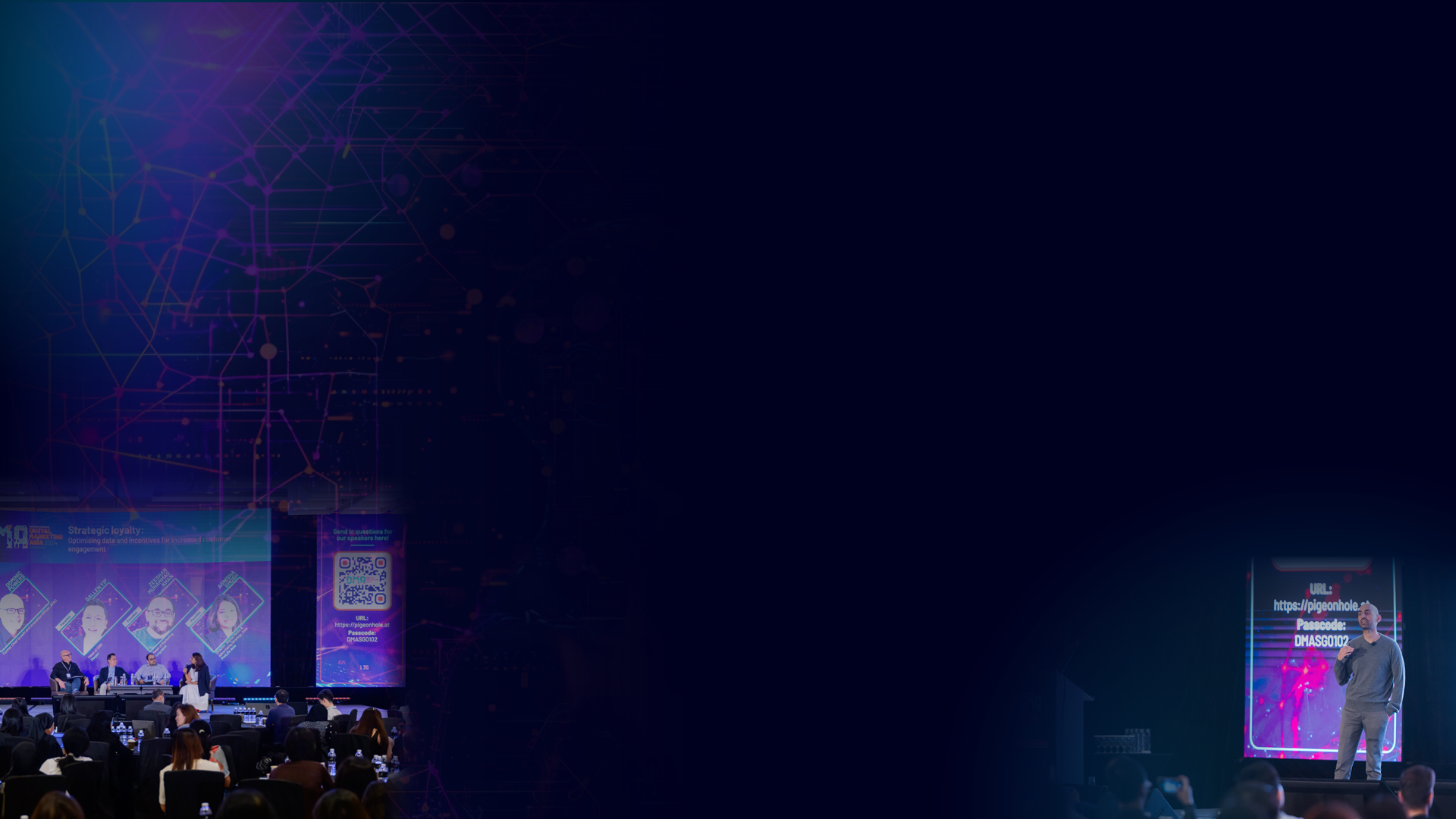



Debunking the top myths of OOH in Southeast Asia
share on
This post is sponsored by Vistar Media.
Out-of-home (OOH) advertising has long been essential for brand visibility. Despite its effectiveness, many marketers in Southeast Asia (SEA) still lean towards digital-only strategies because of common misconceptions. Labels such as “expensive”, “complicated”, and “unmeasurable” have led brands to undervalue this powerful channel.
However, modern OOH, particularly programmatic digital out-of-home (pDOOH), has evolved into a sophisticated, data-driven platform offering capabilities comparable to leading digital channels. Global OOH spending in 2023 reached US$41.9 billion, a 16% rise from 2022, demonstrating its growing value. Yet, myths about OOH persist in SEA, preventing some marketers from leveraging its full potential.
Let’s debunk the most common myths surrounding OOH in SEA.
Myth 1: OOH is too expensive
One widespread misconception is that OOH, particularly digital OOH (DOOH), is more expensive than traditional media buys. This perception ignores the unique advantages of pDOOH, which helps brands optimise budgets and improve ROI.
In SEA, where urbanisation and digital adoption vary across countries, pDOOH allows precise budget control. Traditional direct buys use a rate card model, while pDOOH operates on CPM (cost-per-thousand impressions), ensuring that advertisers only pay for reaching relevant audiences. This minimises waste and ensures cost-effective targeting.
Platforms such as Vistar Media’s demand-side platform enable advertisers to target the right audiences at the right times, reducing unnecessary impressions and costs. Instead of investing heavily in static placements, brands can distribute their ads across multiple venues and times, optimising engagement. This flexibility is especially valuable in SEA, where diverse urban and rural markets require adaptable strategies to reach the right consumers.
Myth 2: OOH relies solely on static proof of delivery (POD)
Many SEA advertisers still rely on proof of performance (POP) or proof of delivery (POD), which provide only basic confirmation that an ad was displayed. While POP is useful, it doesn’t offer a full picture of a campaign’s effectiveness.
Today, impressions-based reporting and third-party verification have become the gold standard for measuring OOH success. Tools such as Vistar Media’s Sportstream provide real-time campaign deployment and impressions delivery, helping clients to visualise from their laptop how the campaign is being delivered. This transparency is especially important in SEA, where accountability and detailed reporting are crucial for assessing a campaign’s performance.
Delivery insight map real-time data allows brands to monitor campaign pacing and make mid-flight adjustments, ensuring ads reach the right audience at the optimal time. Features such as impression tracking pixel tagging further enhance tracking, providing deeper insights into a campaign’s performance.

(Example of delivery insight map)
Myth 3: Share of voice (SOV) is the only metric that matters in OOH
Many SEA marketers still rely on share of voice (SOV) as a key measure of success for OOH campaigns. While SOV helps assess market presence, it doesn’t indicate whether the right audience saw the ad or whether it led to business outcomes.
With programmatic DOOH, the focus shifts from simply occupying space to delivering targeted impressions. This is crucial in SEA, where traffic patterns and media habits vary across cities and countries. PDOOH enables real-time adjustments, ensuring that ads are shown to the right people at the right moments.
While SOV is still useful for awareness, pDOOH allows brands to track engagement, conversions, and other key outcomes, providing a more holistic view of a campaign’s performance. In SEA’s mobile-driven markets, this data-driven approach ensures that OOH campaigns deliver tangible results beyond visibility.
Myth 4: Targeting options are limited
Another myth about OOH advertising is that it lacks the sophisticated targeting capabilities required to reach the right audience. In reality, the most savvy marketers use DOOH in conjunction with other advertising channels to create highly targeted and effective omni-channel campaigns.
Using anonymised GPS location data, brands can define and activate audiences based on the locations consumers visit – enabling them to expand their reach and reinforce the messaging of their campaign. Through geospatial data analysis, marketers can understand when and where their target segments are most likely to be throughout their day.
Programmatic technology also enhances targeting capabilities beyond time and location data. Brands can layer in first and third-party data to reach their target audience more precisely. With Vistar, for example, marketers can create their own audiences using first-party data from their CRM of choice or utilise one of Vistar’s data partners such as Pureprofile for behavioural and demographic targeting.
OOH is cost-effective, measurable, and flexible
The rise of programmatic DOOH has dispelled many of the myths that once limited the adoption of OOH in SEA. Far from being outdated or expensive, OOH is now a cost-effective, targeted, measurable, and flexible channel that complements modern marketing strategies.
Brands looking to enhance visibility, drive engagement, and achieve measurable results should consider programmatic OOH. With its ability to deliver targeted, adaptable campaigns, OOH offers SEA marketers a powerful tool to reach diverse audiences across the region.
Curious about how pDOOH can elevate your brand in SEA? Contact Vistar Media to discover how our platform can help you achieve your marketing goals.
The writer is Franck Vidal, director, Southeast Asia sales and partnerships, Vistar Media.
share on
Free newsletter
Get the daily lowdown on Asia's top marketing stories.
We break down the big and messy topics of the day so you're updated on the most important developments in Asia's marketing development – for free.
subscribe now open in new window
